We have all attended quite a few webinars, events, courses – some very good and some not so good ones. In comparing them, were the good ones due to communicating knowledge well and the not so good ones lacking in communication and knowledge?
The good communicator – Prepares for the topic ahead of time. They also begin with:
- a solid introduction, by giving a heads up to the attendees of what the event will consist of,
- what will be presented,
- when Q&A occurs,
- finds out the level of knowledge of attendees,
- what attendees expect from the speaker,
- manages time accordingly,
- maintains a high level of energy and demeanor, and
- shows no frustration shown by the audience.
The not so good ones – lack all or some of the above attributes when it comes to speaking and presenting the course. The presenter is there to help the attendees, not to frustrate them. The attendees are there because they are somewhat frustrated by a lack of knowledge in a certain area, and the presenter is supposed to fill that void.
Therefore, to succeed:
- What is highly needed is knowing the subject matter. Even if you are a great communicator, if you do not know the material, and some extra knowledge that allows you to answer questions, then a successful session or lecture will not occur.
- Using a few ‘umms’ – sometimes a speaker cannot help but do that even when they are knowledgeable when they are nervous, but as they move on and the audience is attentive, then those ‘’umm’ moments will cease.
- Lecture at a normal speed – speak as if chatting with a friend – then the audience will be able to follow the lecture. Too slow will be boring and put them to sleep and too fast will not allow the audience to absorb what is being said.
To help the presenter, it is always good to also supply the audience with some documentation; either a quick reference sheet, or an outline of the presentation. This way, the audience feels more connected to the subject as well as the speaker, and will not feel that they might get lost.
Other ideas are;
- For important ‘how to’ steps, the presenter could demonstrate processes whenever possible and supply links on the sheet that will redirect them to review what steps were taken.
- For further reading material, as well as more tips, the presenter again can supply a link to some manuals, documents or resource material and reviews that consists of more detailed information on the subject.
When it comes to Q&A time, always listen and try to understand what the real question is being asked. If the audience is enjoying the lecture, individuals will assist and reword what is being asked so that the question can be answered appropriately. Also, if an answer is not known, then there is nothing wrong in saying, the question will be looked into and a solution researched.
So to answer the original question of ‘..were the good ones due to communicating knowledge well and the not so good ones lacking in communication and knowledge?’.
The answer should be ‘yes’ to both questions because there is a distinction between what is a good communicator and a poor one. It depends on the amount of knowledge presented, the ability to answer questions, and listening to the audience.



